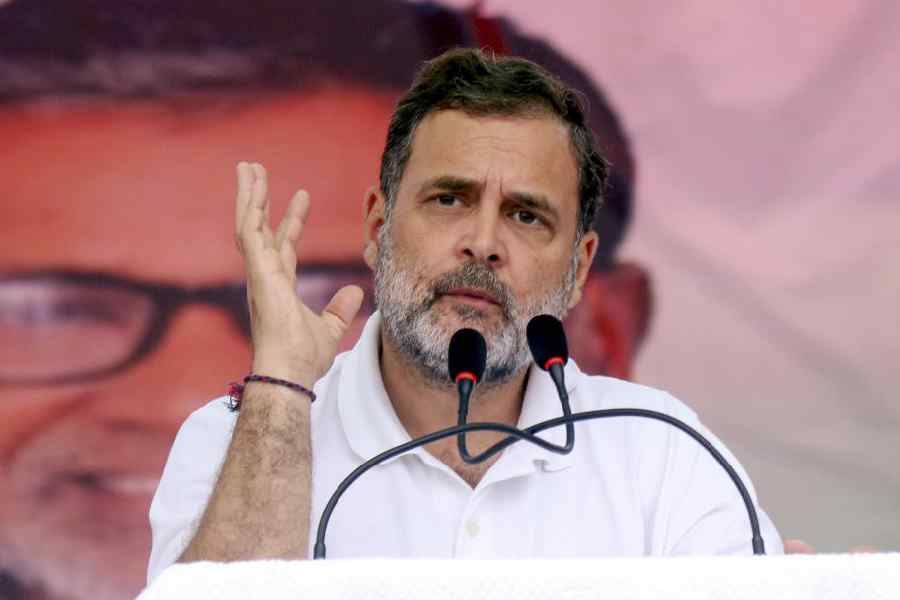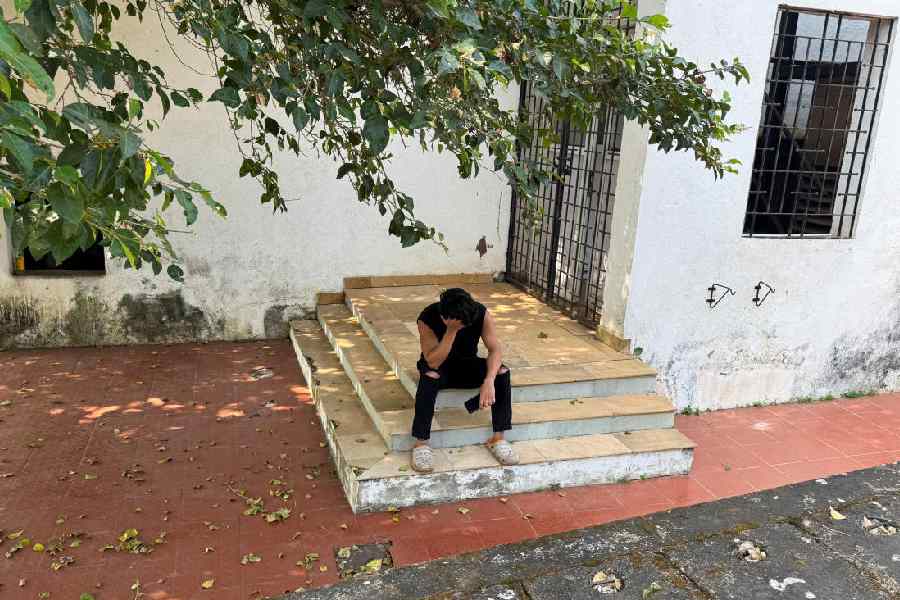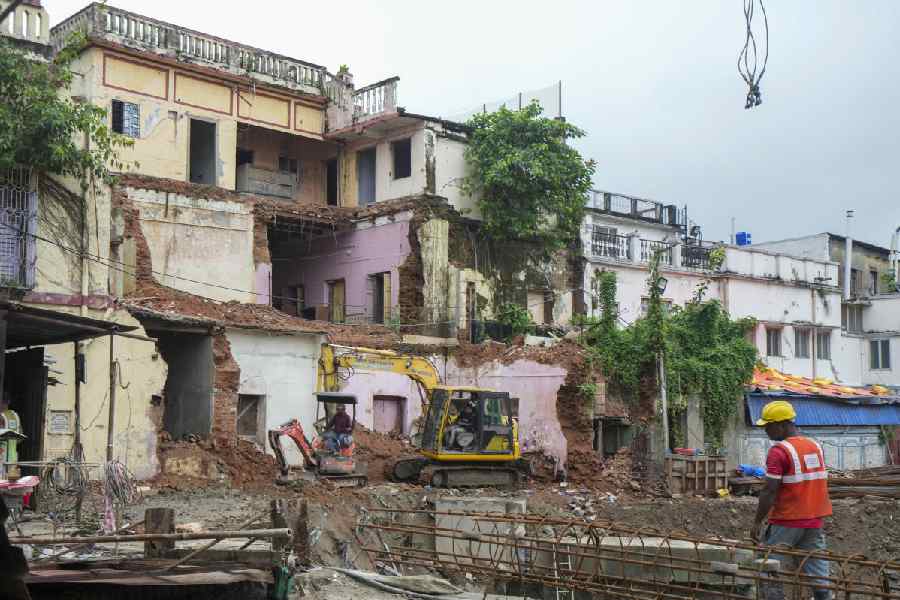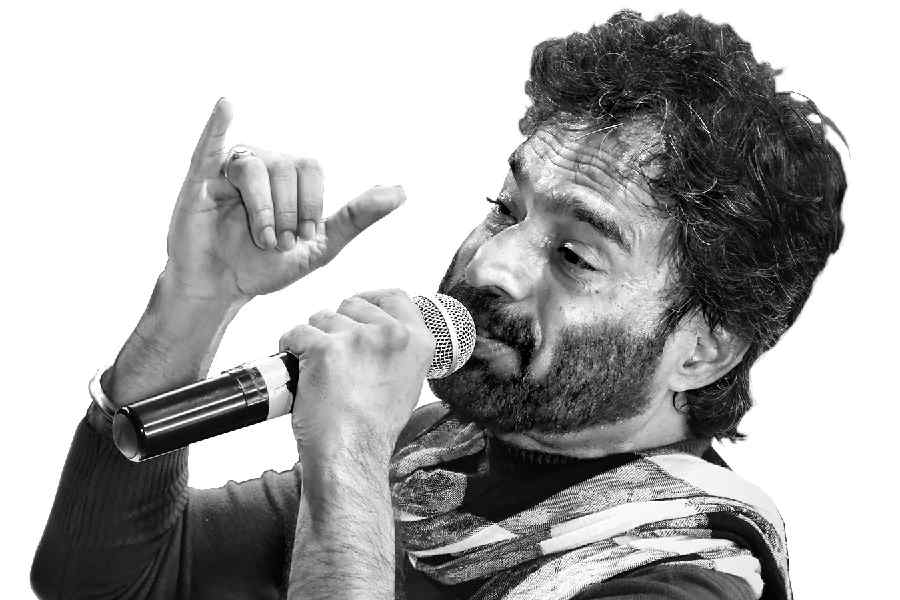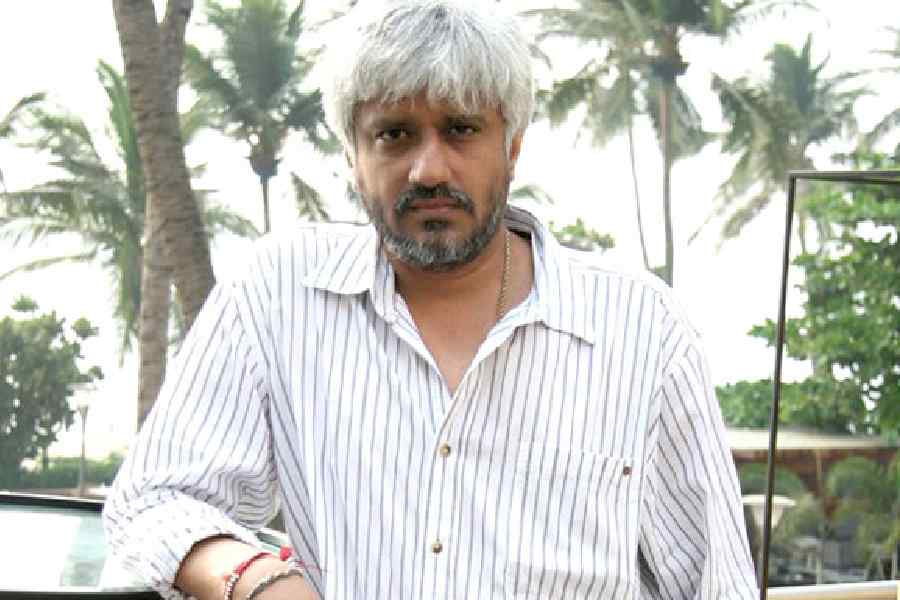The small news item, with a London dateline, was missed by most newspapers in the country, including those based in Calcutta. Joe Galibardy, the rage of Calcutta hockey in the pre-World War II decades and right half-back in Dhyan Chand’s victorious team in the 1936 Olympics, died on May 17 last. He had migrated to England in 1956 and settled in a London suburb; he was 96.
Memory is a stock of joint supplies. The very mention of Joe Galibardy chokes the corridors of the mind with a harum-scarum procession of other exotic-sounding names: Tapsell, Carr, Furtado, Carvalho, Carapiet, suchlike; these names spelled the hockey season in Calcutta in the 1930s. Field hockey in that era was almost unknown in the rest of the world. It was the pastime of British colonials of the lesser breed who had come out on business or on a job to South Asia. The caste system was pronounced among these expatriates: the top layers of the ruling class in Calcutta, if not privileged to be the seat of the imperial administration, still the hub of major mercantile activities. The city’s all-white crème de la crème had cricket and tennis as their preferred modes of relaxation. They used to congregate in two or three hoity-toity clubs in which membership was severely restricted. Those belonging to the subordinate species among the expatriates, even if of pure British stock, had to look for a different address. That went for other offal like Anglo-Indians, Jews — whether of Caucasian or other lineage — and descendents of the heterogeneity arriving in the previous two centuries from near and distant foreign shores in search of a living in the burgeoning second city of the empire. All such species trooped into either the Dalhousie Club or a sporting body sponsored by this or that profession or service group. Hockey in Calcutta was for a long while dominated by four clubs, with a riot of ethnic diversity in their roll of members — Calcutta Customs, Calcutta Port Commissioners, Bengal Nagpur Railway, the Rangers. A round robin league competition under the aegis of the Bengal Hockey Association took up most of the season. It had the format of teams distributed over a hierarchy of three or four divisions and providing for both promotion and relegation, depending on the performance of the clubs. While the Jhansi Heroes, shepherded by Dhyan Chand and his brother, Roop Singh, shone in lonely splendour in that regimental establishment in the far interior of the country, Indian hockey was really the story of the Calcutta and Bombay outfits. Bombay had that dazzlingly marvellous team, the Lusitanians, with its bevy of Fernandeses and D’Mellos. Both the Lusitanians and the Jhansi Heroes would visit Calcutta to take part in the Beighton Cup tournament that followed the hockey league fixtures. Excitement would run high.
Admittedly, this excitement had a specificity. It was confined to stray sections of the sports-crazy clientele of the city. Hockey as a sports event involved substantially greater outlay than the ubiquitous football called for; the lay Bengali kept generally aloof from it. Interest in hockey grew only in the wake of the stunning exploits of Dhyan Chand and his team-mates in successive Olympics; patriotic emotions would swell at the flimsiest opportunity in those otherwise glum and dull colonial days. Even so, the passion of those who crowded the few galleries in the Calcutta Maidan swirled mostly around football. The out-of-the-blue annexation of the Indian Football Association Shield by the goody-goody Bengali team, Mohun Bagan, by defeating a British regimental team in 1911 — exactly a century ago — spurred further their sectarian passion for football.
The natives, anyway, maintained some distance from hockey. At the other end, to the upper- crust expatriate establishment groups too, the game was non-U; they continued with cricket and, of course, tennis. Hockey was for their menials. The city police commissioner, for instance, would relax on indolent late autumn afternoons serving gentle lobs in a mixed doubles on the lawns of the sprawling Ballygunge Sports Club; the wife of the joint commissioner would be his partner. The police sergeants, although very often pure-breed English or Scot or Welsh, would find it awfully difficult to gain entry into this exclusive club; they sauntered to either the Dalhousie Club or that shelter of last resort, the Calcutta Police Club, sulked and played hockey. In contrast, the heterogeneous mix of the Eurasian underclass who succeeded in wrangling jobs in the railways or customs or the office of the Calcutta Port Commissioners or in the forest ranges of Bengal, Bihar, Assam and Orissa — Anglo-Indians, Anglo-Portuguese, Anglo-Italian, Anglo-Dutch, native Christians, Goans, Jews, Armenians of other hues, Parsis — suffered from no inhibition. They took in good grace their inferior ranking and exclusion from the elite clubs and joyfully concentrated on hockey. Nimble on their feet, with a flair for dribbling the ball with their sticks, and possessing an eerie skill in converting short corners into goals, they lorded over the game. The leading teams took their turn to win the annual league championship, and it was carnival time when the Beighton Cup tourney commenced in late April. The hockey season was breathlessly short, but crowded. Along with the Jhansi Heroes and the Lusitanians, there would also be a number of other out-station teams participating in the Beighton.
A pot pourri of wide-ranging surnames crammed the sports page in the hockey season, apart from Galibardy and Tapsell, other ones, like Costello, Carapiet, Lazarus, Surita, Pinto, Bannister, Bareto, D’Costa, and, of course, Lumsden. The three Lumsden brothers in the Rangers Club played hockey, cricket, football, tennis. One team playing in the hockey league was the Armenian Club, chock-full of members of the Jewish community. Armenian merchants for a long time had a near-monopoly of the city’s real estate business; they loved hockey. Their scions did courses at St. Xavier’s College till as late as the fag end of the 1940s, when some of them drifted into Utpal Dutt’s Little Theatre Group. To go back to the not too remote past, Siegfried Sassoon, the World War I poet, was of Calcutta Jewish stock. So were the Cohens, one of whom, decades later, joined the Communist Party of India and stayed with it for quite a while. That heritage is totally lost.
The fate of the Armenians has been no different from that of the other ethnic group which contributed so sumptuously to Calcutta’s hockey. Galibardy, who had quietly migrated to England more than half-a-century ago, has emerged as a news item only on the occasion of his death. Nobody knows what happened to the Tapsell and Carvalho families and to the rest of the lot. The extraordinary churning of ethnic diversity that marked the city’s fading colonial phase had a flavour of its own. Does not this slice of social history cry out to be researched?
To be fair, the cricket teams too would now and then spring a surprise. The Calcutta Cricket Club was snobbish to the core. Its skipper for more than a decade, A.L. Hosie, had impeccable managing agency background. His successor, T.C. Longfield — now a minor footnote in cricket annals because Ted Dexter, Test captain of England in a later period, married his daughter — was equally high caste. But Calcutta CC’s long-time opening batsman was one Behrendt, a nondescript half-Dutch, a lefty, stockily build, who would routinely despatch the first ball he faced to the boundary for a four. Another prominent member of the team had a surname which was Flemish all over, Van der Gutch, even as a Pugsley, supposedly of mixed Burmese-Irish-Portuguese descent, became a Calcutta football hero in the same period.
Did Joe Galibardy — or, for the matter, Charlie Tapsell — deserve a biography? Who knows? Or is it a case of who cares? Cultural anthropologists can have a lovely intra-mural debate on the issue.


